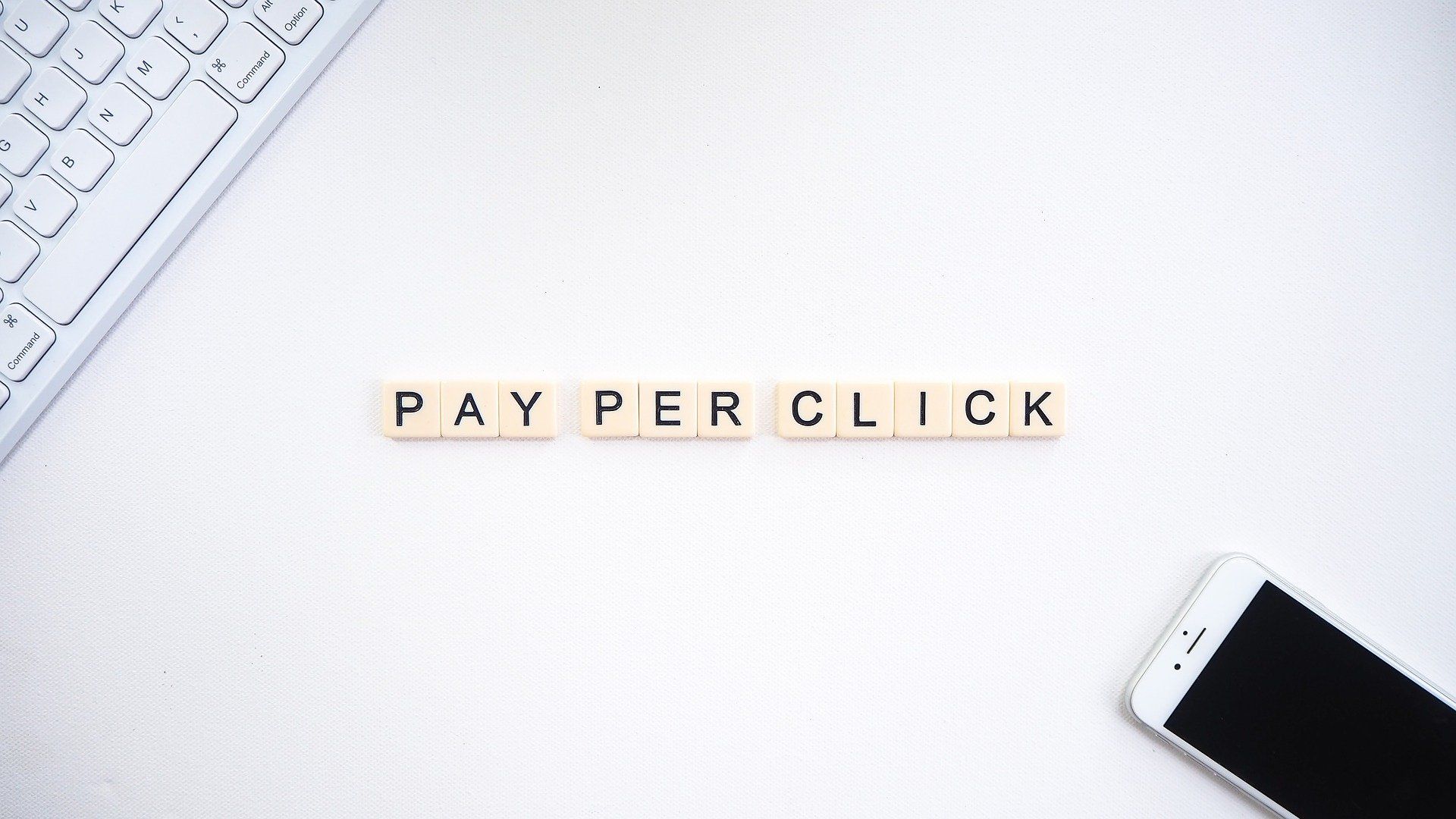Three strategies to revitalize nonprofit marketing

Since many nonprofit event fund raisers have been forced to be postponed due to the COVID pandemic, fundraising has become more difficult.
Most nonprofit organizations are now having to rely on their digital marketing strategies more than ever. Here are some digital strategies that could help revitalize your fundraising goals.
1.)Revisit Your Social Media Presence:
Social Media is a great and efficient way to fundraise since many of your donors most likely engage heavily with social media content. Post regular updates of your organization to boost your brand and be sure to take advantage of the Donate button available to you on Facebook.
Make a plan to post footage from speakers, photos and visuals that inspire. Remember, the most engaging type of Facebook posts are videos.
Another way to engage your audience is by
asking positive questions of what inspires them. You can virtually go live and
share video of sponsors or speakers answering questions of what your cause
means to them.
Research individuals that might agree with your efforts and consider contacting
them to see if they are willing to link a post to your organization.
2.)Engage Your Email Audience:
Email marketing is an inexpensive way to attract potential donors and sponsors. Weekly newsletters will engage your audience regularly on donation opportunities available.
Set up an automatic email for new subscribers that will educate them on your organizations’ cause and thank them for joining.
Construct a similar automatic email system for new donors as well, thanking them and showing them how to share with others.
3.)Reevaluate Your Website:
Inspire your audience and regain momentum with your mission statement front and center, giving critical information about your branding and how to participate.
Engage your audience with updated news, educational content, and membership information.
Make sure to have video on your website when possible. Video is personal and inspires emotions and empathy.
While gathering raffle tickets, eating buffet meals and bidding on items during an in-person event is not what it used to be, revitalizing your marketing strategy might be the best way to pick up momentum on your organizational goals.










